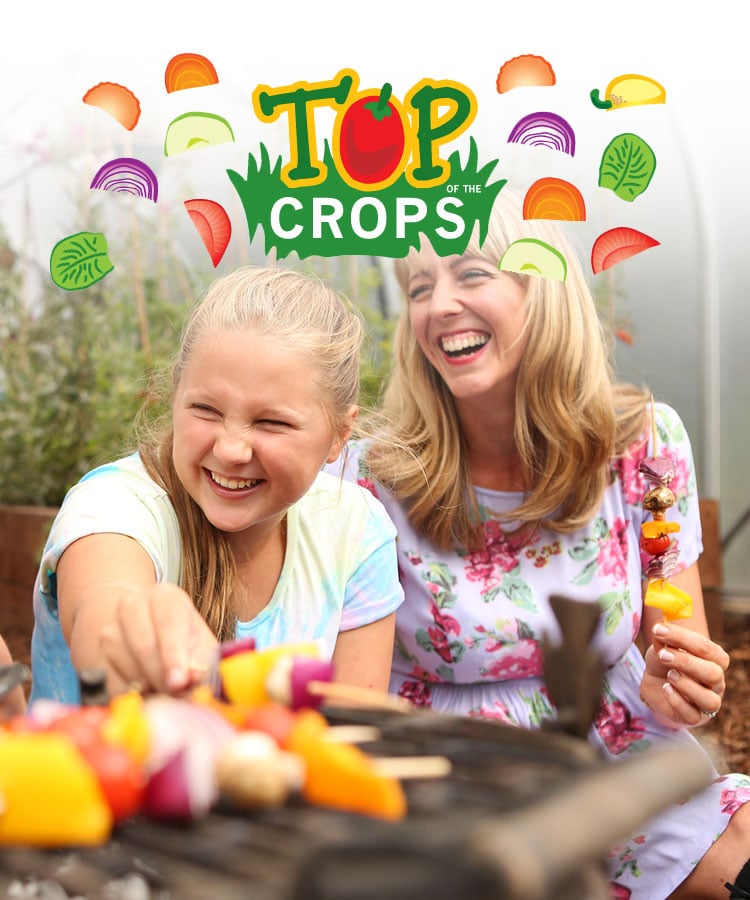If you are interested in growing something a little more unusual in your polytunnel then cape gooseberries could be a good choice. Related to the tomato and tomatillo, these interesting fruits have a unique taste that has something of the tomato and something of the pineapple about them. While they can sometimes be grown outside in milder regions of the UK, these plants are not frost hardy. However, they can survive with a little extra winter protection in a frost-free polytunnel and are perennial, so if you take good care of them then you could be rewarded with a crop over several years.
Cape Gooseberries are fairly easy to grow from seed. They do, however, take a while to germinate, so do have patience. Sow indoors in a warm space in the early spring and then place into the polytunnel once all risk of frost has passed in your area. Remember to harden off plants before placing them in their final growing positions.
Cape gooseberries are ideal for growing in containers. The growing medium should be free-draining, but not particularly fertile. If the soil is too rich in nutrients then the plants are prone to putting on a lot of leafy growth but few fruits will form. A large container will give your plant space to grow but will also ensure that it does not get too much nutrition. In colder regions, containers are a good idea because they will allow you to bring your plants inside and overwinter them indoors. In much of the UK, however, a couple of layers of horticultural fleece over polytunnel plants should keep them frost free. Of course, cape gooseberries can also be grown as an annual and planted from seed each spring. It is also possible to take cuttings from mature plants to propagate your cape gooseberries.
Water Cape gooseberries carefully and consistently throughout the growing season but do not over water, especially in cooler weather. Do not add fertilisers to your plants.
Cape Gooseberries begin to form fruits in attractive lantern-like structures. When the lanterns turn dry and light brown, the fruits inside should be mature. Mature fruits are yellow in colour. They can be used in a range of ways in the kitchen: in fruit salads, as toppings for deserts, or in a range of preserves.
